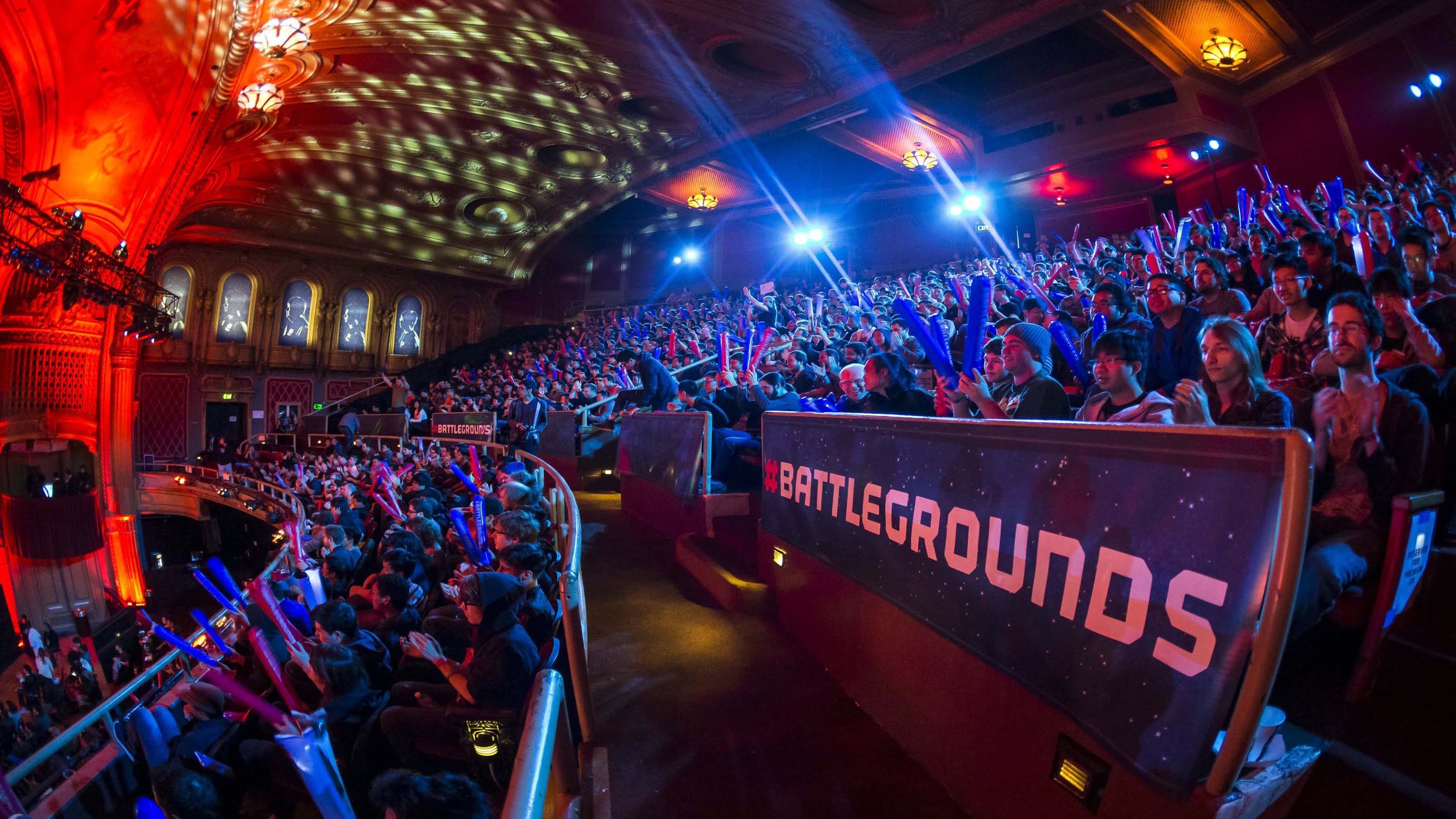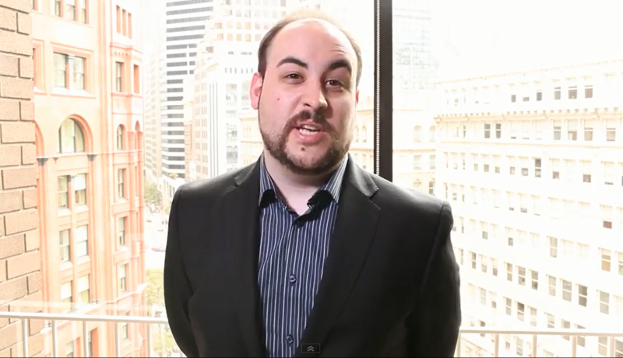Red Bull brings a close to its StarCraft II Archon Mode Face Off on Sept. 19 at The Fillmore in Silver Spring, MD with some of the top pros teaming up to play Blizzard Entertainment’s new multiplayer eSports mode. John “TotalBiscuit” Bain will be on hand as a caster of the livestreamed event (www.redbullbattlegrounds.com). The YouTube personality and owner of StarCraft II team Axiom gaming talks about the role Archon could play in changing the landscape of eSports in this exclusive interview.
How has livestreaming impacted the growth of eSports?
On a basic level, livestreaming is why eSports can exist in its current form. It’s given a platform that didn’t exist previously. ESports really never would have existed without it. It’s very long-form and it’s not at all similar to how traditional sports events are broadcast because there’s an unpredictable game length and unpredictable tournament length. With eSports you need to dedicate an entire channel to one event. That doesn’t happen with broadcast TV. The more important point is that the eSports audience is very international. While you do get home crowd, every event features players from many different companies. Broadcast TV would not be suitable to reach this global fan base. With livestreaming you can connect with everyone simultaneously.

What are your thoughts on how Red Bull has connected with eSports fans?
Red Bull has taken an interesting angle because they do a lot of their own event programming. They’ve done a limited amount of sponsorship over the years. But not many brands go out of their way to create their own content. And Red Bull experiments with different ideas. A lot of StarCraft II events are similar because the format has been figured out over the years. The biggest exception to that is Red Bull’s events. The size of Red Bull’s events is massive. They’ve been innovating in that scene.
What role has Red Bull’s focus on StarCraft II had on keeping Blizzard’s game relevant?
It’s improtant to have high-profile companies like Red Bull promoting StarCraft II at a time when League of Legends, Dota 2, and Counter Strike: Global Offensive are pulling in more viewers. Team-based eSports are more popular. StarCraft II is still the biggest 1vs. 1 eSports game. Red Bull’s high quality content around StarCraft II is still enjoyable to watch. While the game’s growth period may have stopped, it’s still a viable platform and a good place to spend money — and also less expensive for sponsors and advertisers interested in getting involved in eSports.
What impact could team-based Archon have on StarCraft II as an eSport?
The Archon game plays and is presented in the same way as 1 vs. 1, except two players are controlling on one side. StarCraft II has had team formats from the start, but the game hasn’t been properly balanced and 1vs.1 was the priority. Archon mode is interesting is because it has the excitement of a team-based activity and you have a lot more going on on-screen, but you don’t have the balance problems. There’s the possibility based on how well this tournament goes, that we may see more people follow this. The prize pool may have to be bigger and you’ll have to fly in more players for events, but it’s probably the closest we’ll get to exciting team-based gameplay.
Why is 2 vs. 2 Archon mode best for eSports?
2 vs. 2 is the sweet spot because if you add more players it will run into balance problems. 5 vs. 5 would have 20 people because you have two players per base. It’d be insane to watch. A lot of it comes down to how easy is the eSport to watch for the viewer. As you increase the number of people playing, it gets difficult. StarCraft II is complicated enough in 1 vs. 1. Add more bases and it’s hard for spectators to keep up with the action.
What role do stadiums play in eSports today?
Stadiums provide a good venue for finals, but what I found interesting with The International — the biggest prize pool in eSports history — was at times the stadium looked empty. But you have to consider the lengths of these events. These are 12-hour days and sitting in stadium seating for that long isn’t comfortable or practical, so you have people go in and out. They’ll watch the team they want to watch. It’s very unique and interesting. There’s nothing like that in a traditional sports or concert event. It’s more like a music festival. You don’t stay there the entire time, you follow the events you want to. ESports events are completely scalable from LAN events to stadiums.
How important are big prize pools for growing eSports?
When you take $18 million and say this prize pool is more than The Masters and other big sports events, you get media attention because it’s hard to ignore something where that much money is given away. The model Valve is using is not a fluke. It’s unusual, but sustainable. And for the eSports scene it’s helpful because people can justify going pro in pursuit of a prize pool that big. It also just makes people pay attention to eSports because it has a huge audience and a lot of money going into it, regardless of how strange one might think professional video gaming is. You have to pay attention to it.
What’s the key to having a successful league today?
While $18 million for one event is great, it’s not the way leagues can operate. You need to create a sustainable circuit, rather than focus on one big event a year. A great team might not make it to The International because something may happen outside of your control. The way you make eSports sustainable is to have more events. You have the majors and other things leading up to The International. Valve and ESL work together. Riot and Blizzard working with leagues, as well. You can create a year-long ecosystem where teams are able to build points and earn prize money in a way that’s more reliable. Pros need reliable income.

